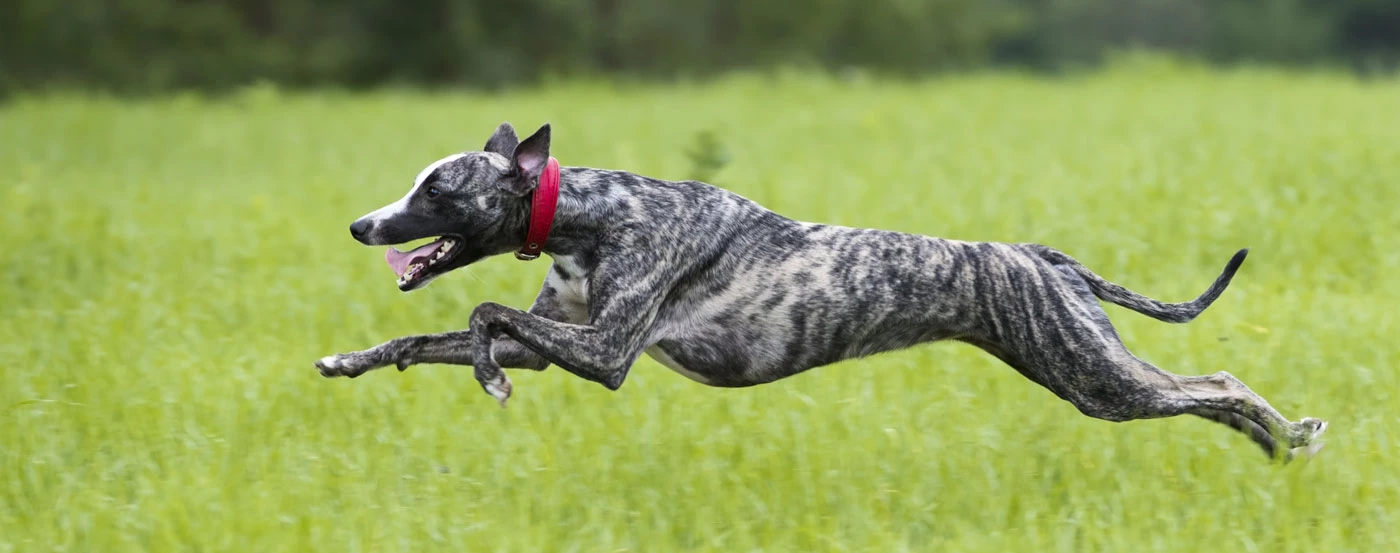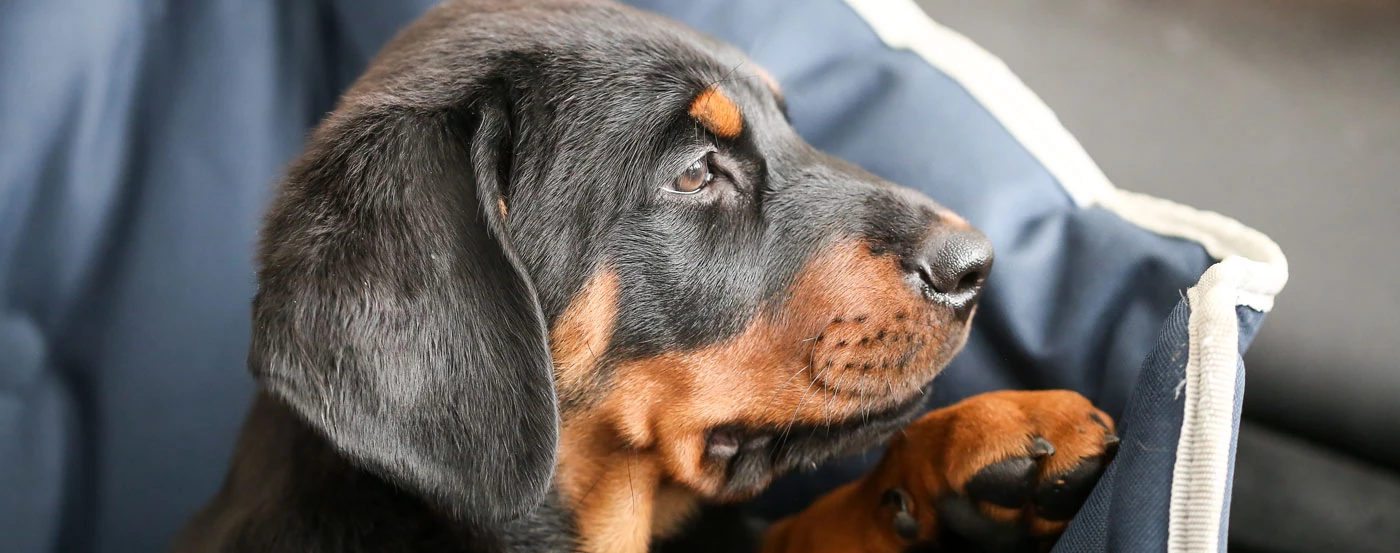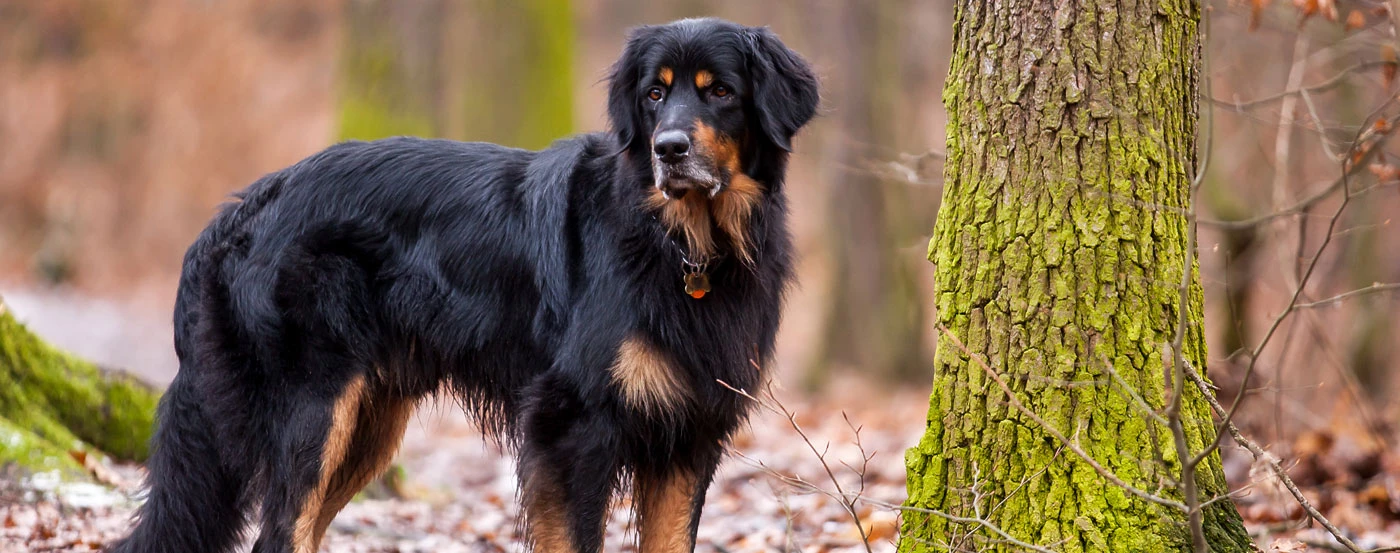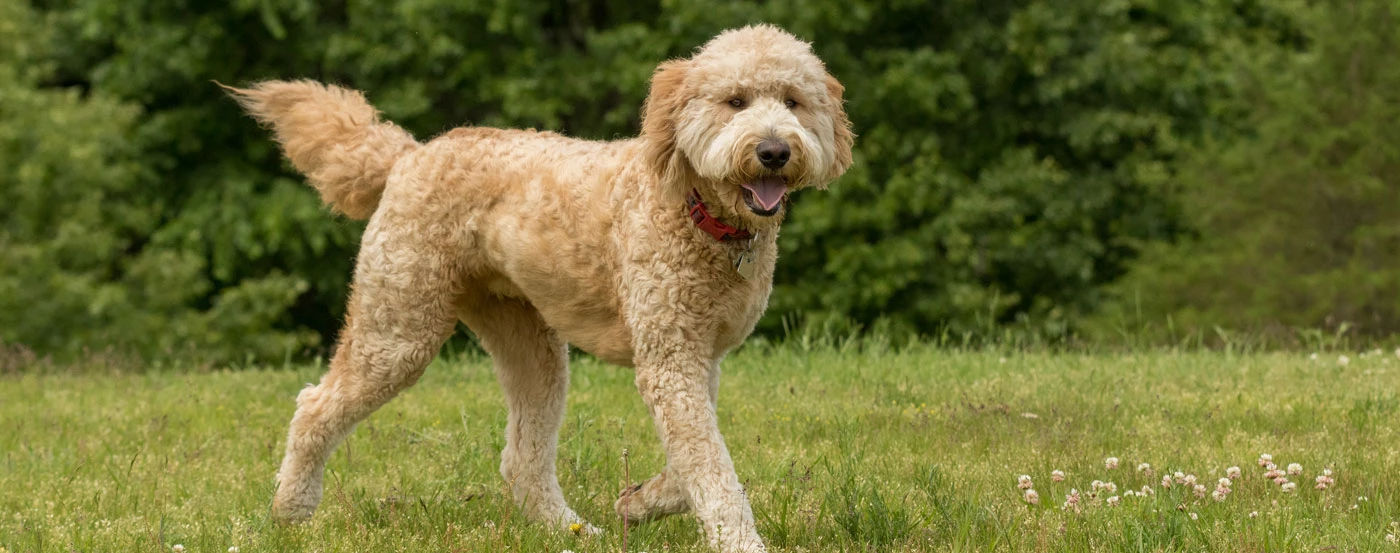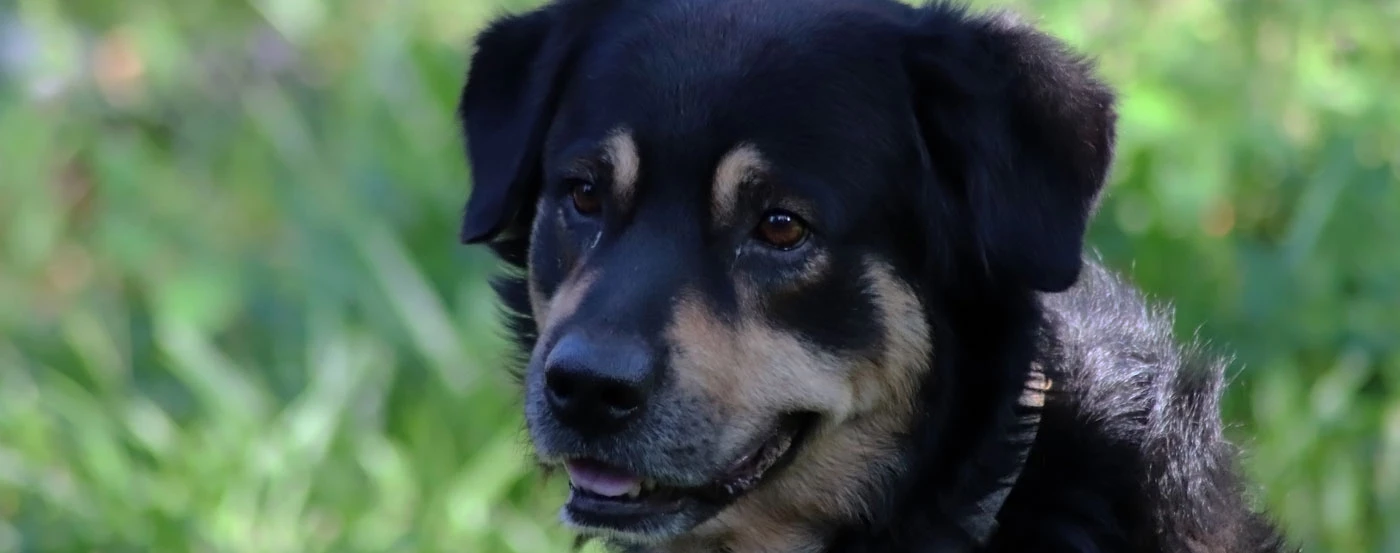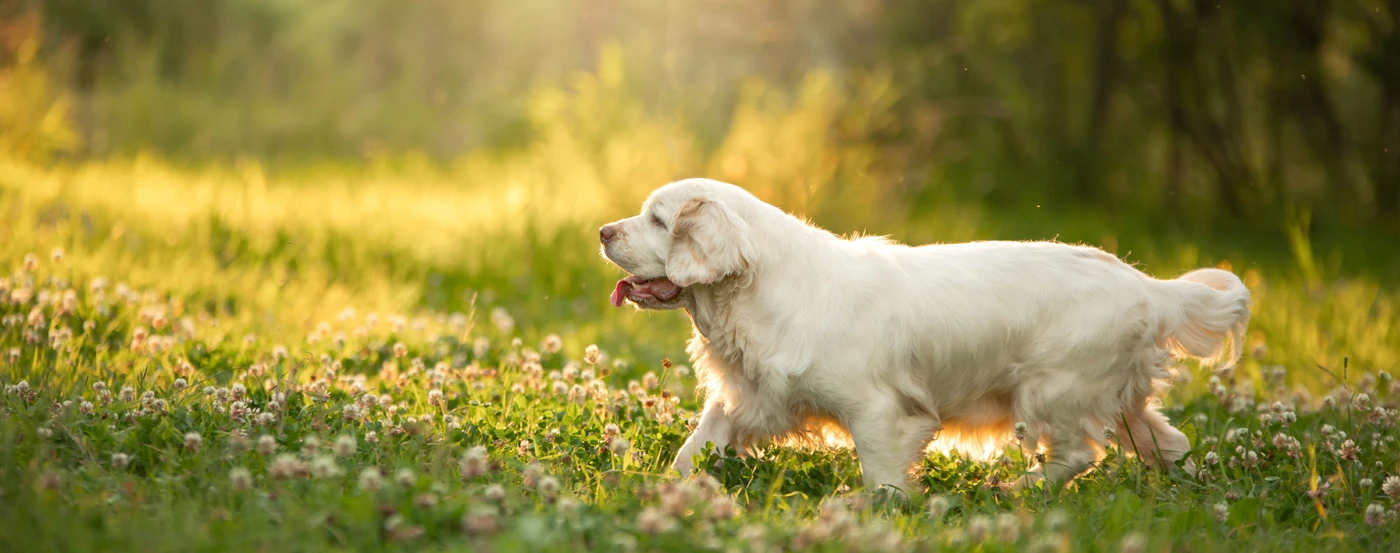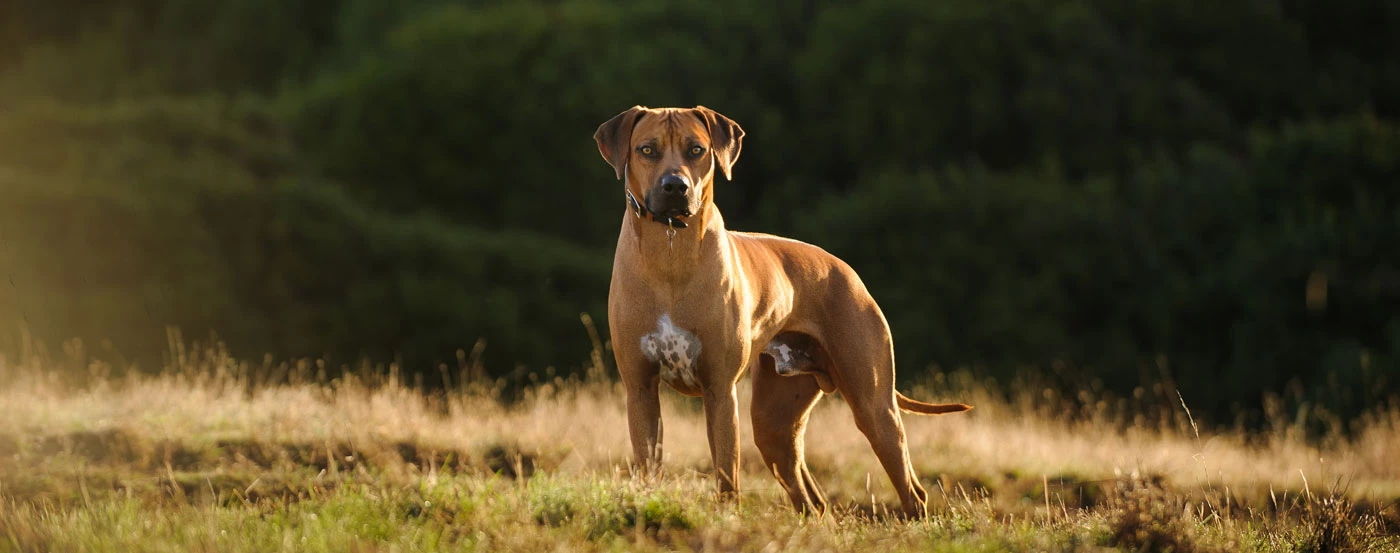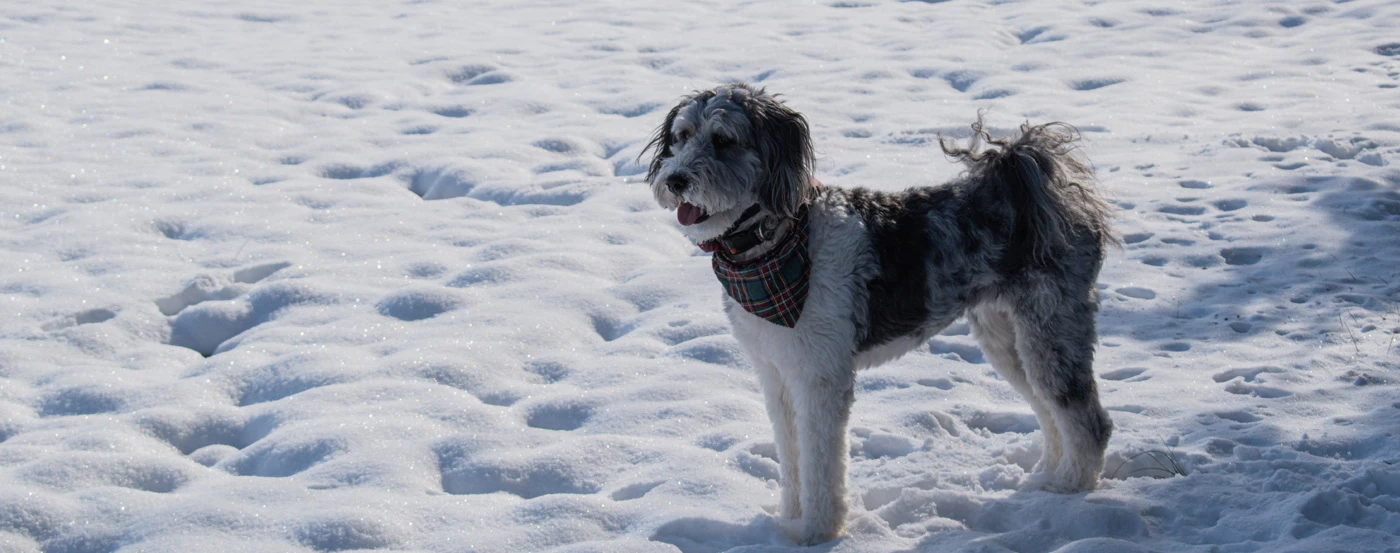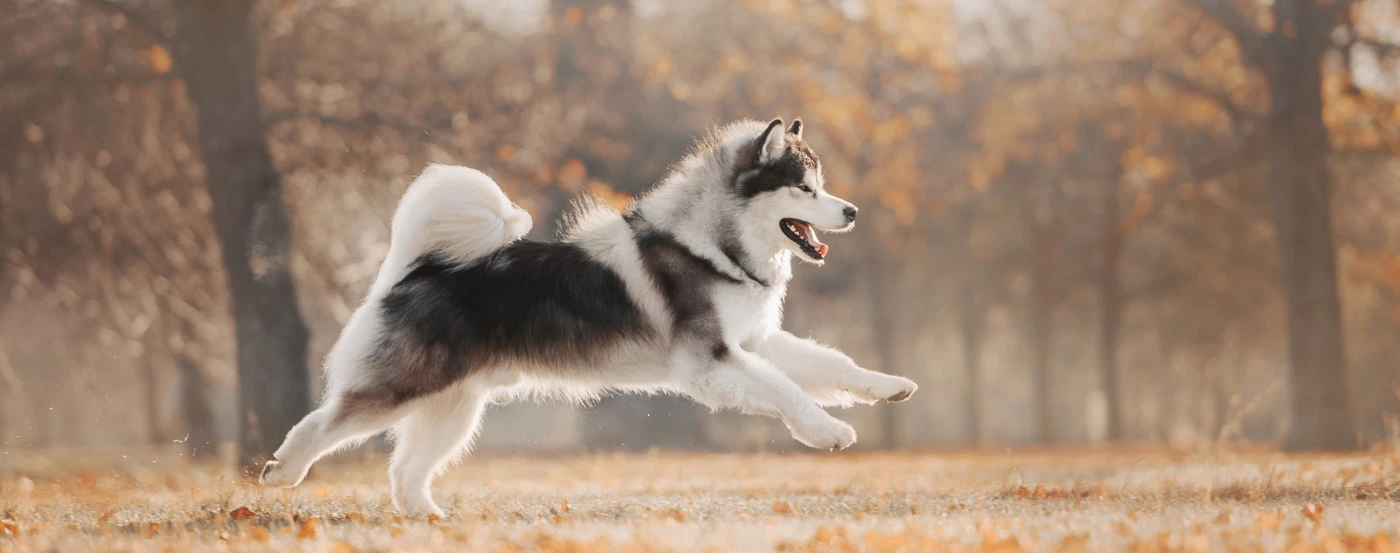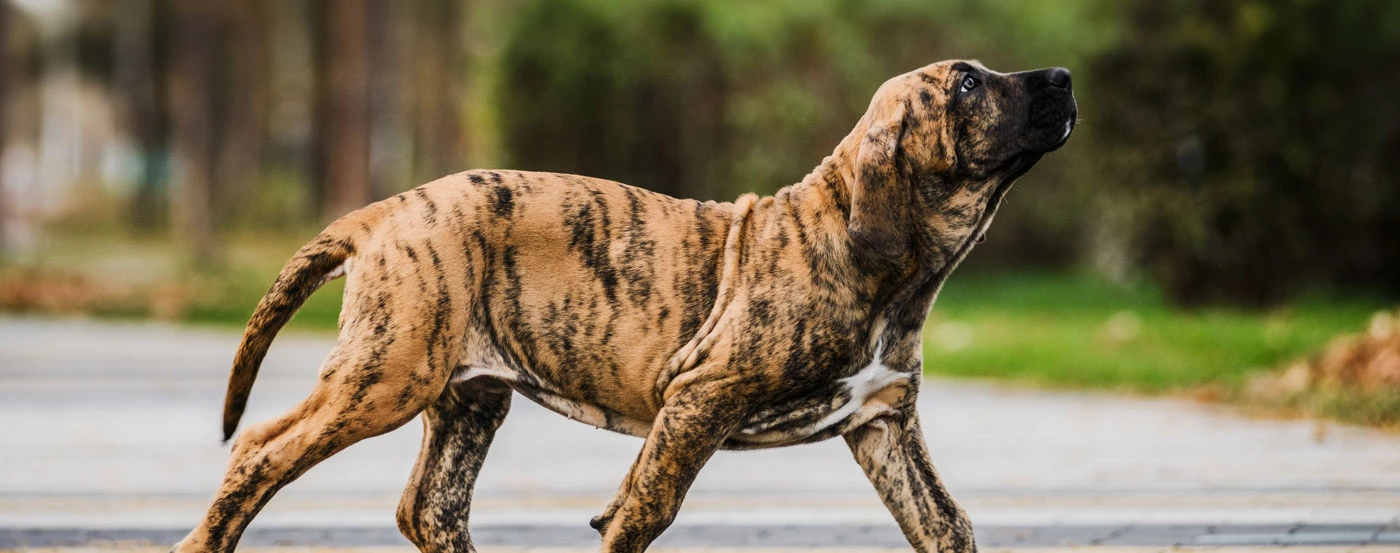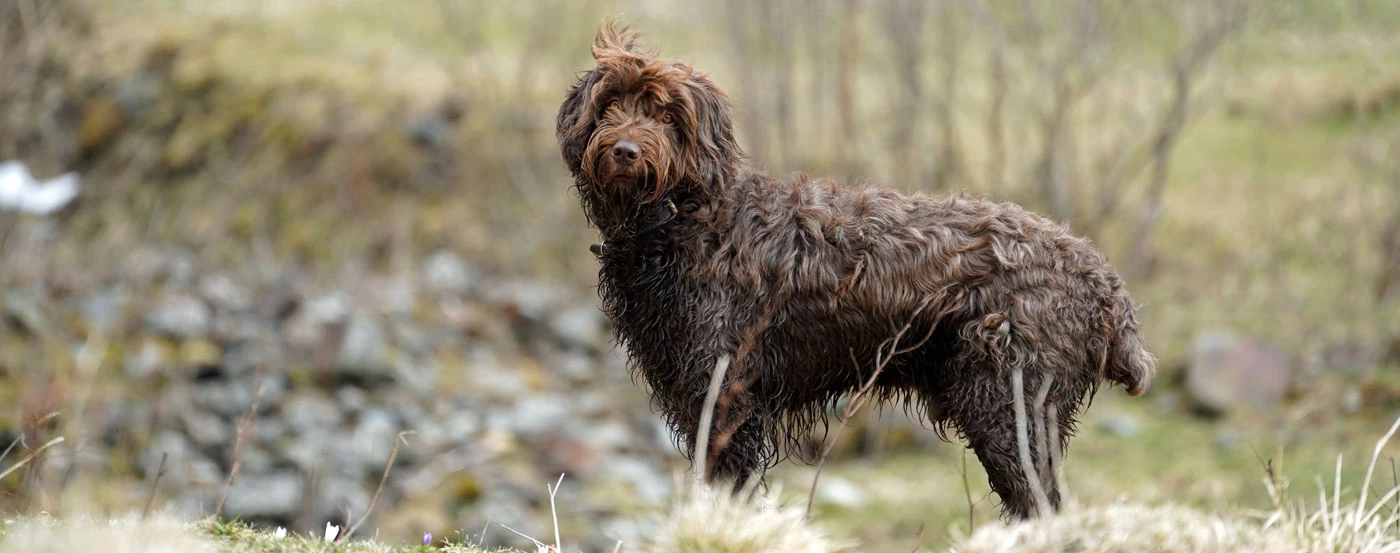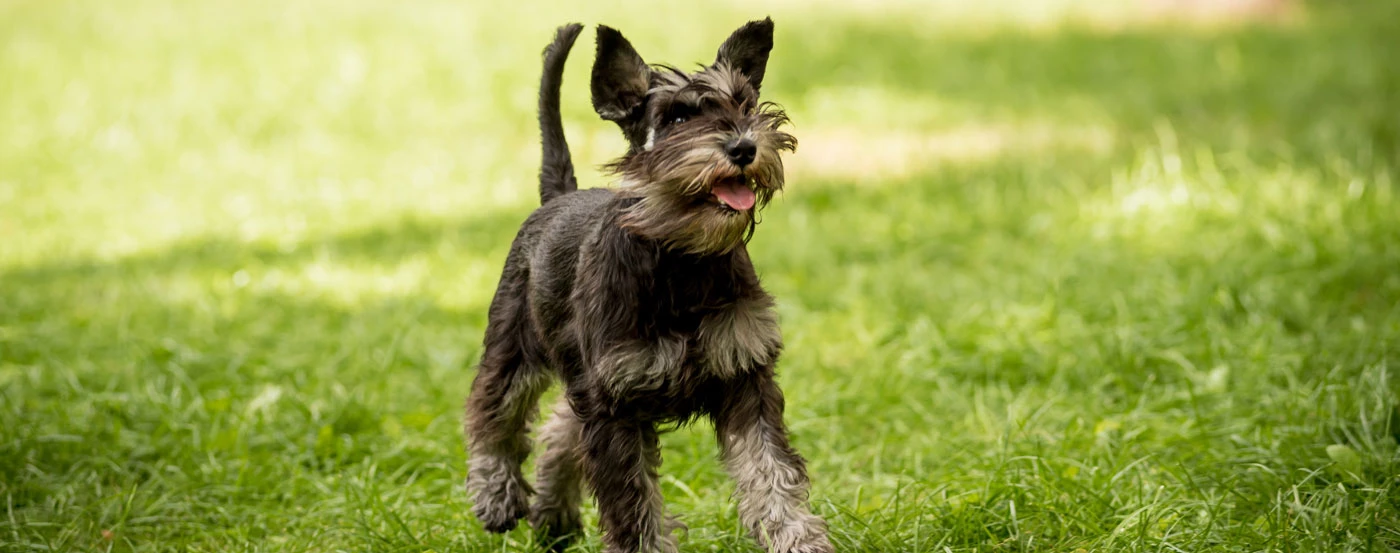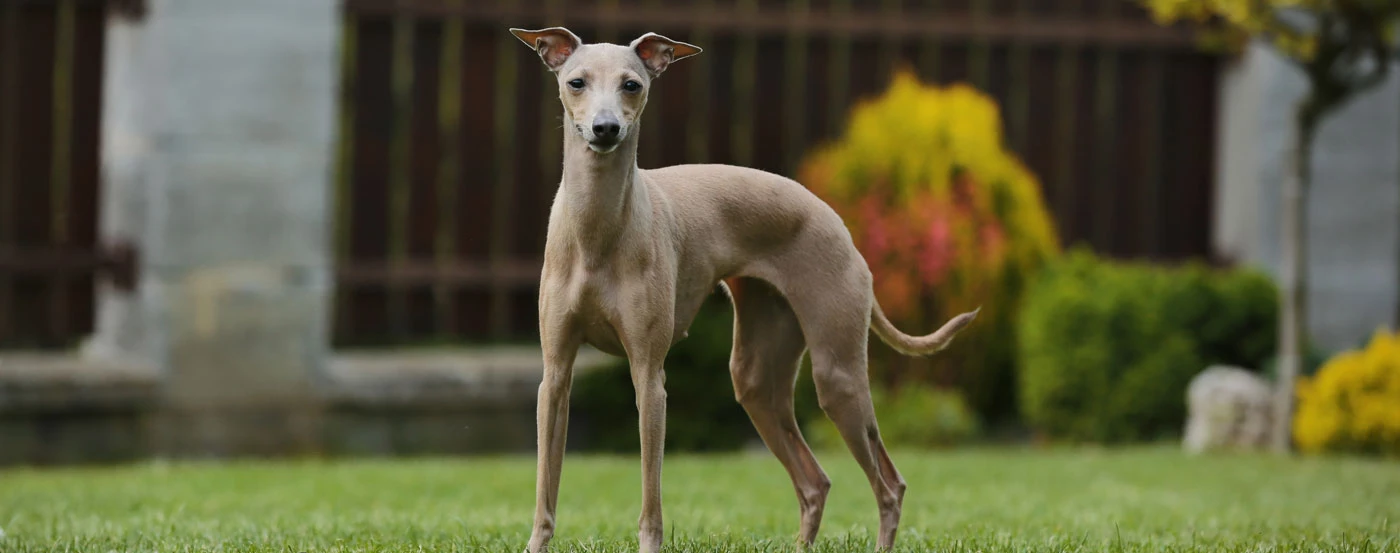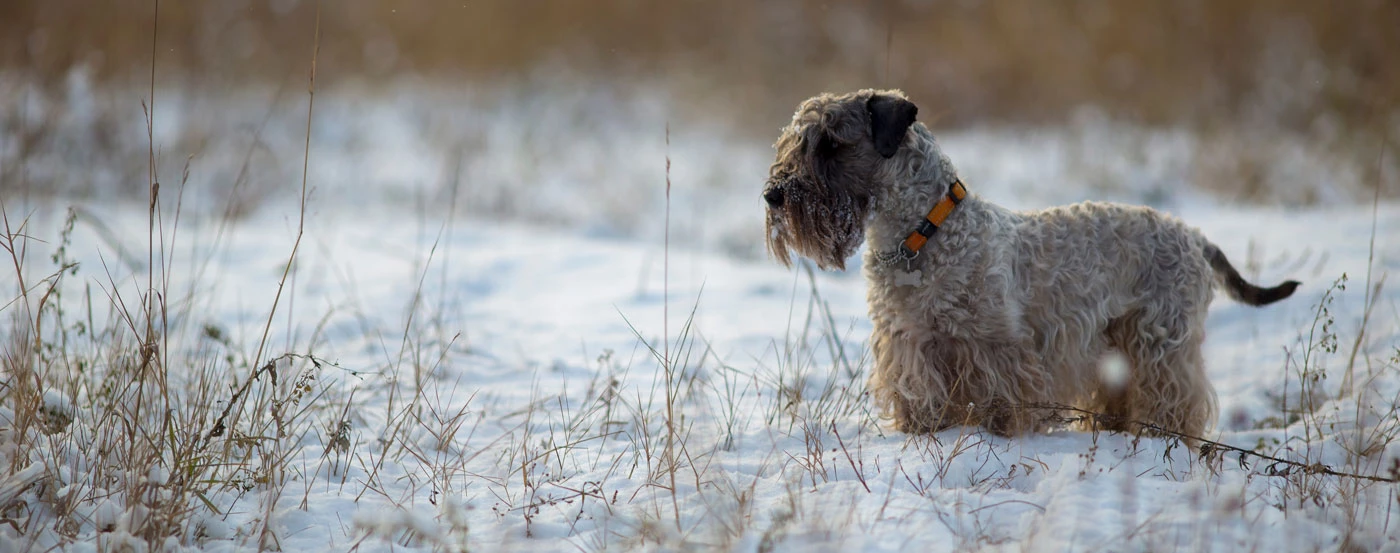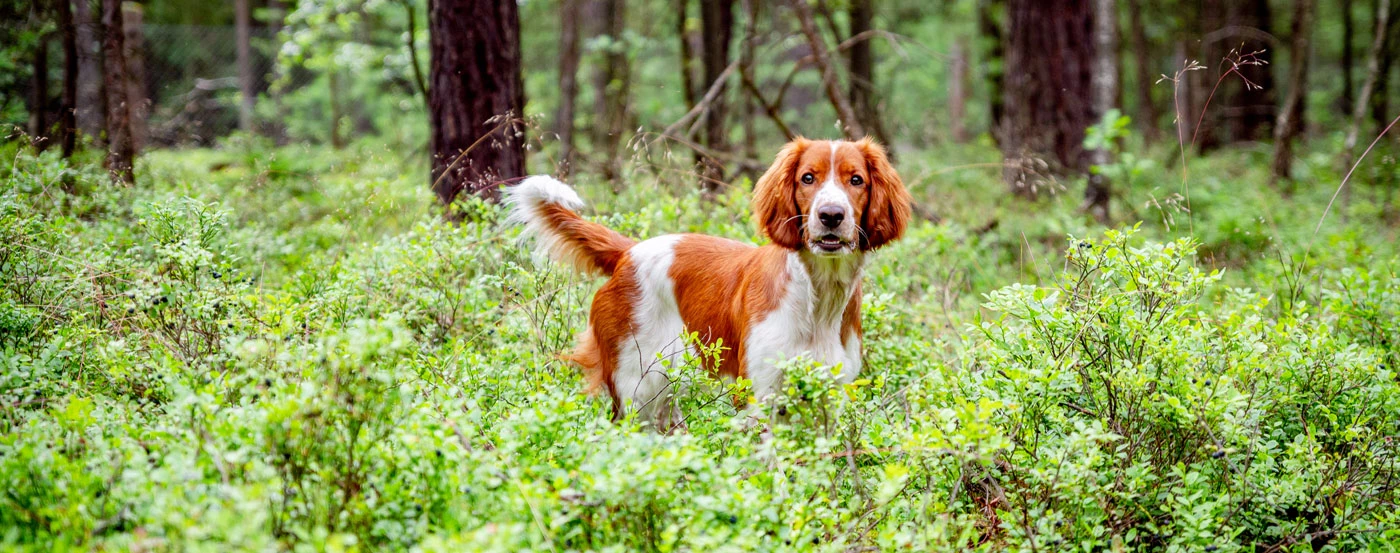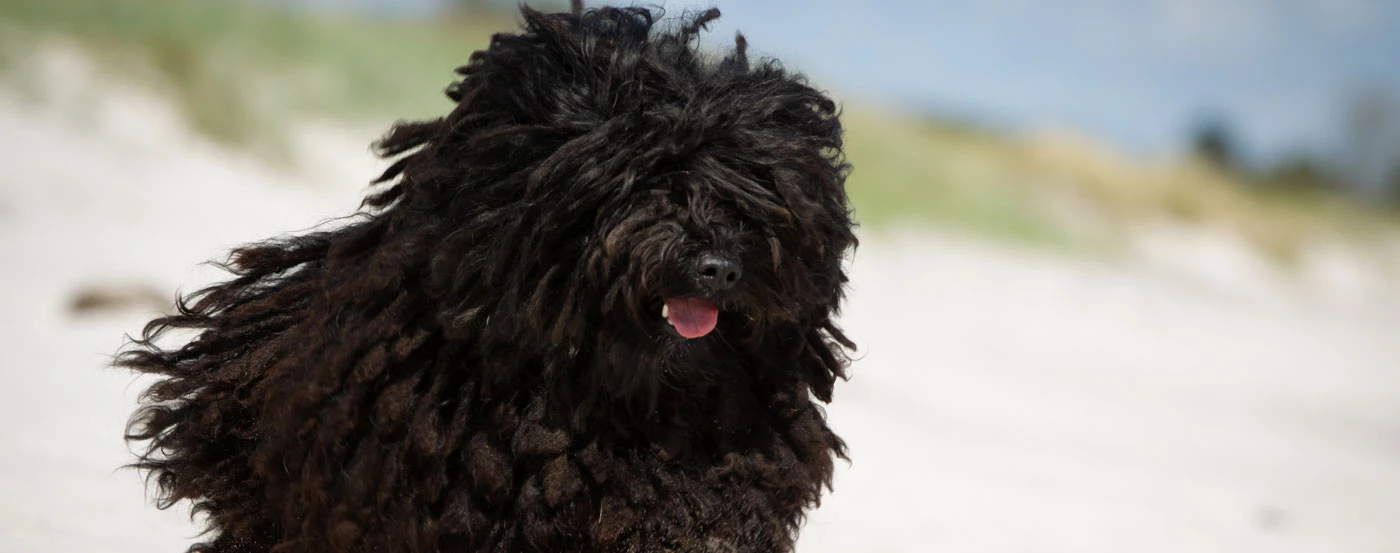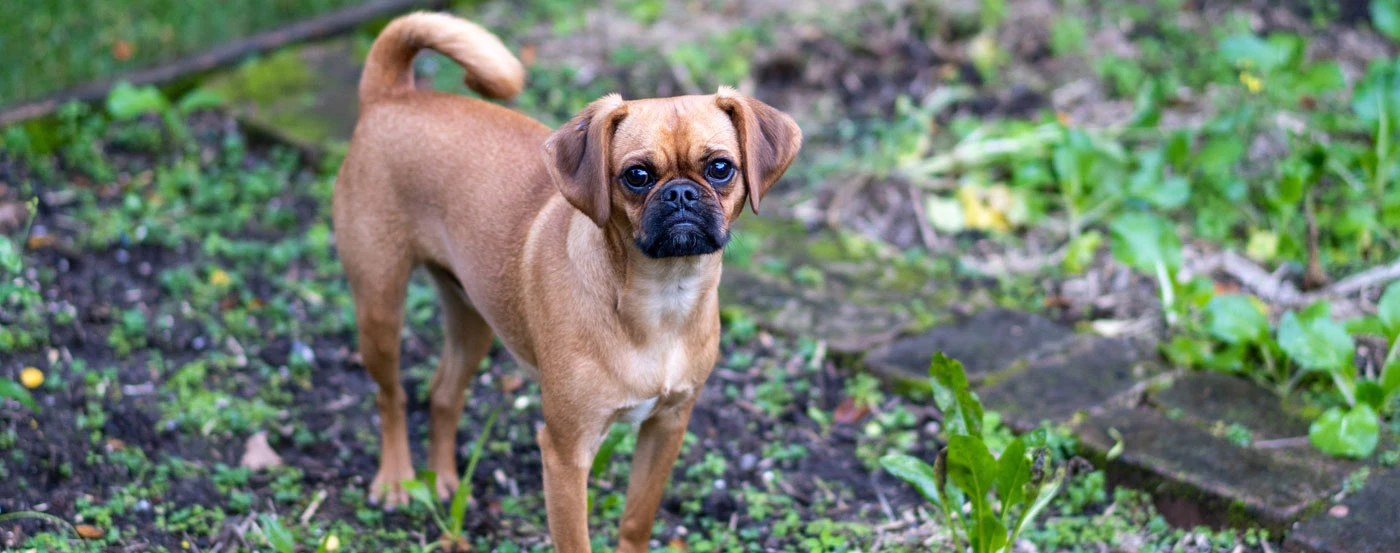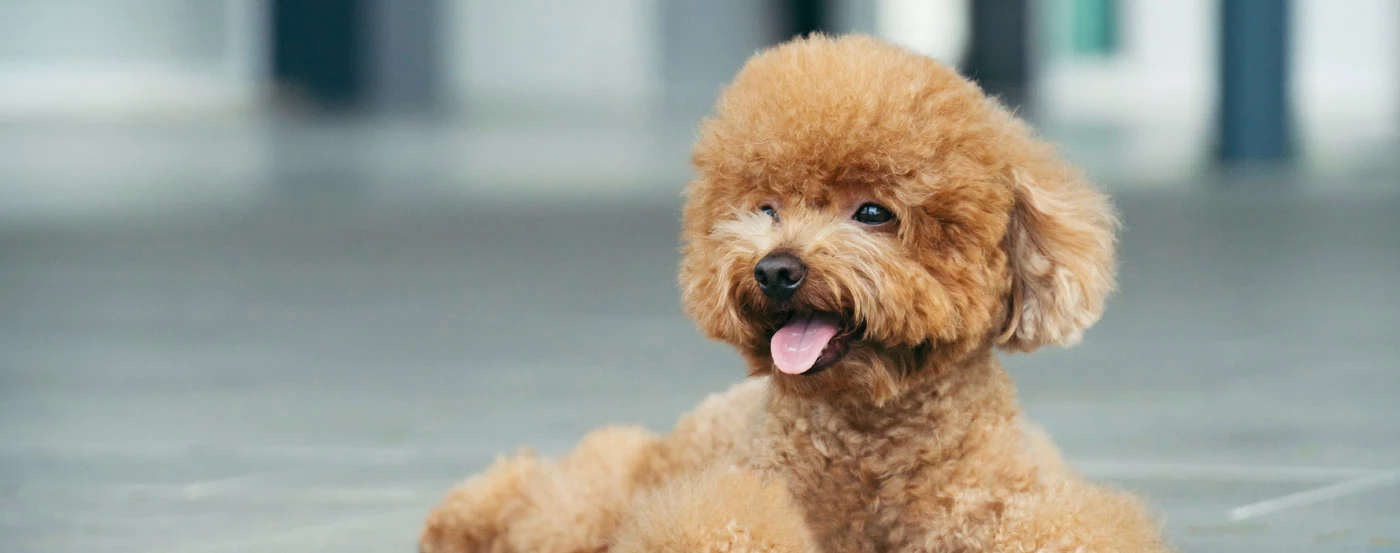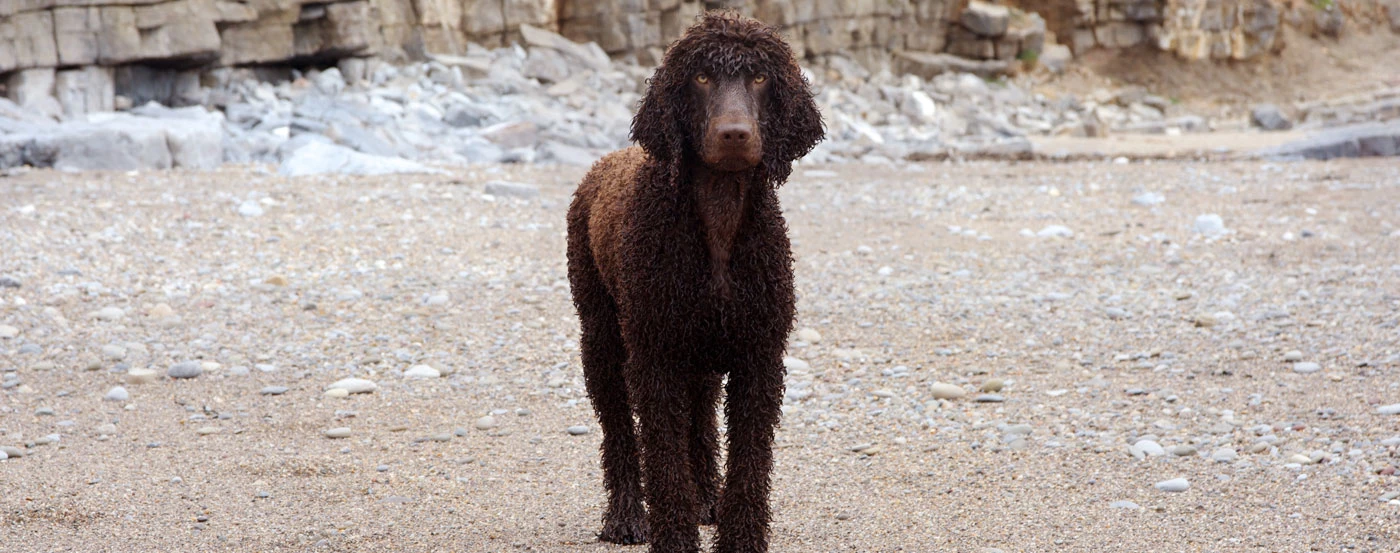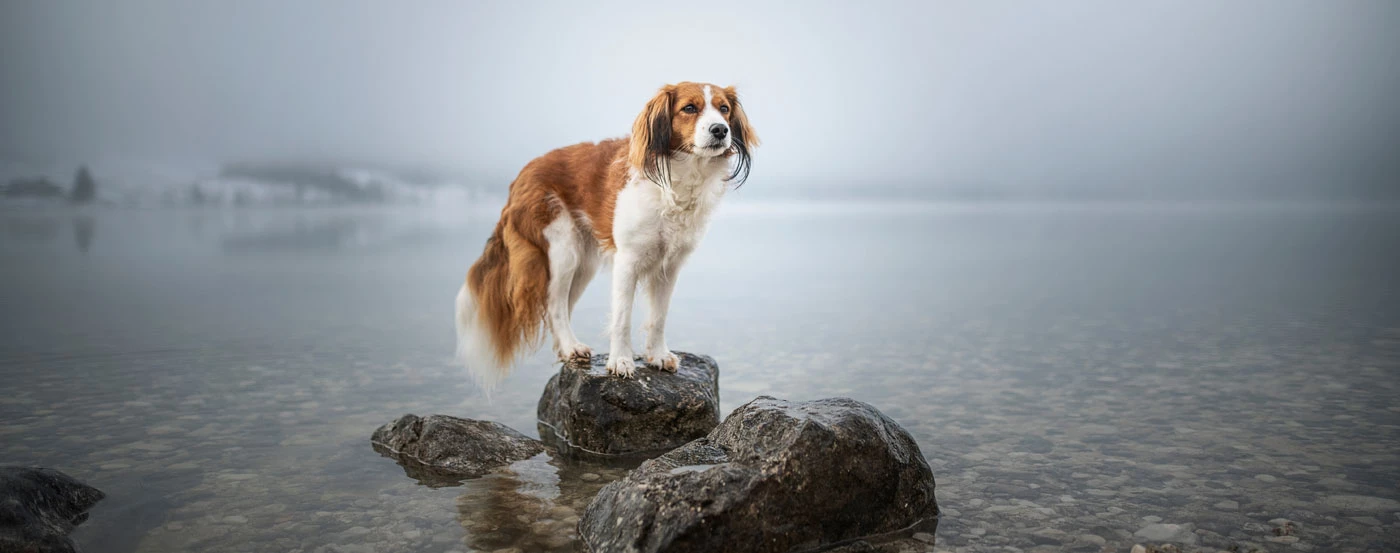The coat of a greyhound is short, smooth and glossy, and they don't have an undercoat, which makes grooming a Greyhound incredibly straightforward.
It is entirely possible that your Greyhound will never need a haircut, and if they do, it would typically be a tidy-up around the chest, pads, feet, tail, or sanitary areas.
How often do Greyhounds need a haircut?
If you do think your dog needs a slight tidy-up, this will be as and when you see fit. Greyhounds' coats are typically short and smooth, so this should not have to be a regular thing.
If you are looking for a dog to experiment with different haircuts, a Greyhound is not for you. The short, smooth coat should lay flat, and there isn't much else you will be able to do with it. Haircuts on Greyhounds are typically for tidying up certain areas.
Getting a good grooming regime in place is an important part of keeping your dog clean and healthy. There may be some parts of it that the dog enjoys more than others, but using positive reinforcement and treats for these parts can make a difference.
Cleaning a Greyhound's ears is vital and can minimise the risk of ear infections. Checking them every week for hair, dirt, or infections is a good start.
Use a cotton ball dipped in warm salt water to gently wipe the outer ear and keep it clean. Try to keep them dry as well because the warm, damp interior of an ear can become the perfect breeding ground for bacteria.
Using a damp cloth to gently clean around the eyes and minimise the risk of tear stains or eye boogers should be done when needed.
Brushing your dog's teeth at least three times a week will help to keep them clean. Greyhounds suffer from dental problems, so it is vital to stay on top of this. As far as dog breeds go, Greyhounds have a higher percentage of dental issues than any other breed. Find a toothpaste flavour they like, and they will see it as a fun experience.
Walking your family pet will help to keep nails at an acceptable and comfortable level, but sometimes walking isn't enough. Trimming your dog's nails is a job that nobody looks forward to, but it's important that it gets done.
Getting your dog used to the nail clipper and the sound it makes can help it be more relaxed. Using positive reinforcement, a gentle and relaxing tone, and treats when trimming Greyhound nails can also be helpful.
If you don't feel comfortable or your dog shows signs of aggression, it might be best to use a professional groomer. Alternatively, follow these steps to trim your dog's nails at home.
Sit the tools you are going to use out so the dog can sniff them and get comfortable around them.
Find an area where your dog will be comfortable and won't be easily distracted.
Practice holding your dog's paw and gently applying pressure to the centre using your thumb and forefinger to spread the paw.
Using the nail clipper, gradually start clipping down from the end in small increments to ensure you don't clip too far down.
After clipping the nail, stop to praise your dog and give them a treat. As your dog gets used to this, you will be able to work through more nails at a time before stopping.
How often does it need to be done?
There are no set rules as to how often this should be done. Checking them regularly will help you determine when to cut them.
